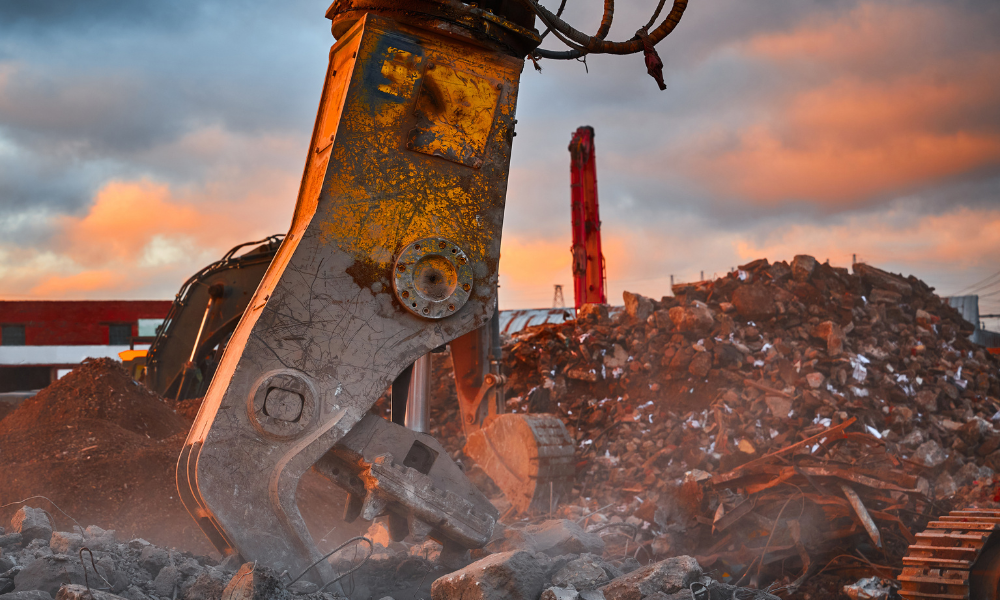'Key misconception' is that resilience is a personality trait, says author of new book

Workplace mental health is a critical concern for many organizations, and Dr. Marie-Hélène Pelletier, a registered psychologist, executive coach, and author of the forthcoming book The Resilience Plan: A Strategic Approach to Optimizing Your Work Performance and Mental Health, offers invaluable insights into building resilience and addressing the silent struggles that many leaders face.
One of the first steps towards fostering resilience is acknowledging its importance. "One of the most frequent misconceptions, especially if we are in leadership roles, is the belief that resilience is a part of who we are, our personality, and therefore we don't need to invest in it. This is a key misconception,” explains Dr. Pelletier. “Resilience is not a personality trait, and we do need to invest in it."

Overcoming cognitive biases
Dr. Pelletier emphasizes the importance of self-awareness in building resilience. "We tend to underestimate the demands we're facing and overestimate our sources of supply—what brings us back energy and resilience. Having realistic visibility is extremely important; otherwise, we're either going to take no action or take inadequate action," she says.
For health and safety leaders, who are often pillars of their organizations, this realization is crucial. They must recognize their limits and understand the importance of self-care. "If we don't address our own resilience, we can't effectively help others," Dr. Pelletier notes.
Implementing practical strategies
Knowing what actions to take is vital but implementing them is often the challenge. Dr. Pelletier offers practical advice: "Health and safety professionals have been very focused on mental health, and they have a lot of information on actions that could increase their resilience, like improving sleep, nutrition, and exercise. The problem is implementing these actions in already full or overflowing schedules."
To address this, Dr. Pelletier advocates for creating a strategic resilience plan that considers individual contexts. "It's not about hitting the gym five times a week if you haven't exercised in three months. Instead, plan for something realistically doable, like committing to taking five deep breaths every time you wash your hands. This builds a sense of self-efficacy, which changes the path you're on," she explains.
The importance of vulnerability
Another critical aspect Dr. Pelletier addresses is the importance of vulnerability and open communication. "Especially in leadership roles or senior individual contributor roles, people feel they need to appear not to be dealing with any challenges. This can be due to the culture of the team or organization. But it's crucial to share realistic elements of our experiences, including challenges," she advises.
Research supports this approach, showing that leaders who share their struggles build trust and open lines of communication. "As we build trust, people are more likely to express what they're dealing with, making those silent challenges not so silent anymore, allowing for collaboration on resolving issues," Dr. Pelletier points out.
By recognizing the need for resilience, overcoming cognitive biases, implementing practical strategies, and embracing vulnerability, health and safety leaders can create a more supportive and effective work environment.





